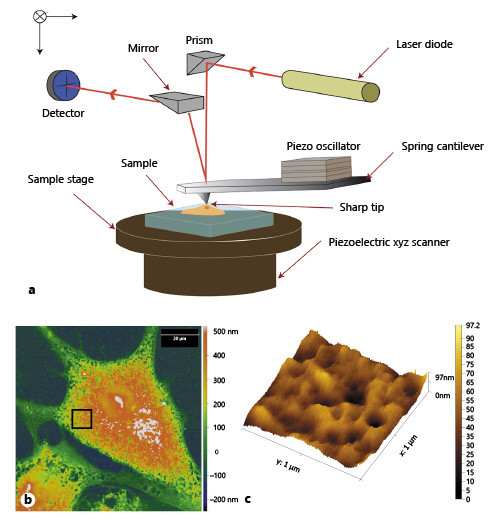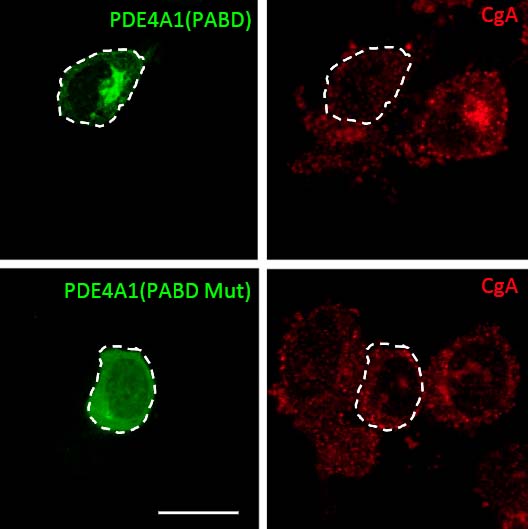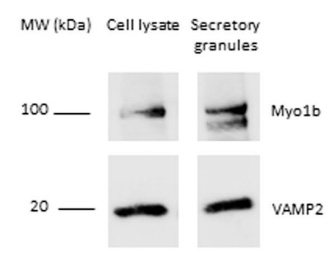Advanced Imaging Approaches to Reveal Molecular Mechanisms Governing Neuroendocrine Secretion
Riachy, et al. 2023
View the publicationCLUB EXOENDO
Team
Christophe Dubessy - christophe.dubessy@univ-rouen.fr
Thomas Ferrand - thomas.ferrand1@univ-rouen.fr
Maité Montero - maite.montero@univ-rouen.fr
Jeremy Proaño Herrera - jeremy-david.proano-herrera@univ-rouen.fr
Keywords
Our research themes are primarily focused on understanding the pathophysiology of neuroendocrine cells (hypothalamic neurons, adrenal chromaffin cells).
Although it is known that these cells, along with the neurotransmitters/neurohormones they produce either in excess or deficiency, are at the root of various diseases such as metabolic disorders, hypertension, neuroendocrine tumors, and neurodegenerative diseases, the molecular mechanisms leading to secretion dysregulation remain poorly studied.
Thus, the primary objective of our research is to identify the molecular machinery controlling neurohormonal secretion (proteins, lipids, miRNA involved in secretory granule/vesicle biogenesis, from their budding from the TGN membrane to their exocytosis) to understand the impact of the secretory activity of neuroendocrine cells on the initiation and/or progression of neuroendocrine pathologies (such as type 2 diabetes/obesity or neuroendocrine tumors), and to envision new therapeutic approaches to treat or prevent these secretion deregulation-related disorders.
Neuroendocrine cell lines, chromaffin cells, liposomes.

Riachy, et al. 2023
View the publication
Carmon, et al. 2020
View the publication
Delestre-Delacour C, et al. 2017
View the publication